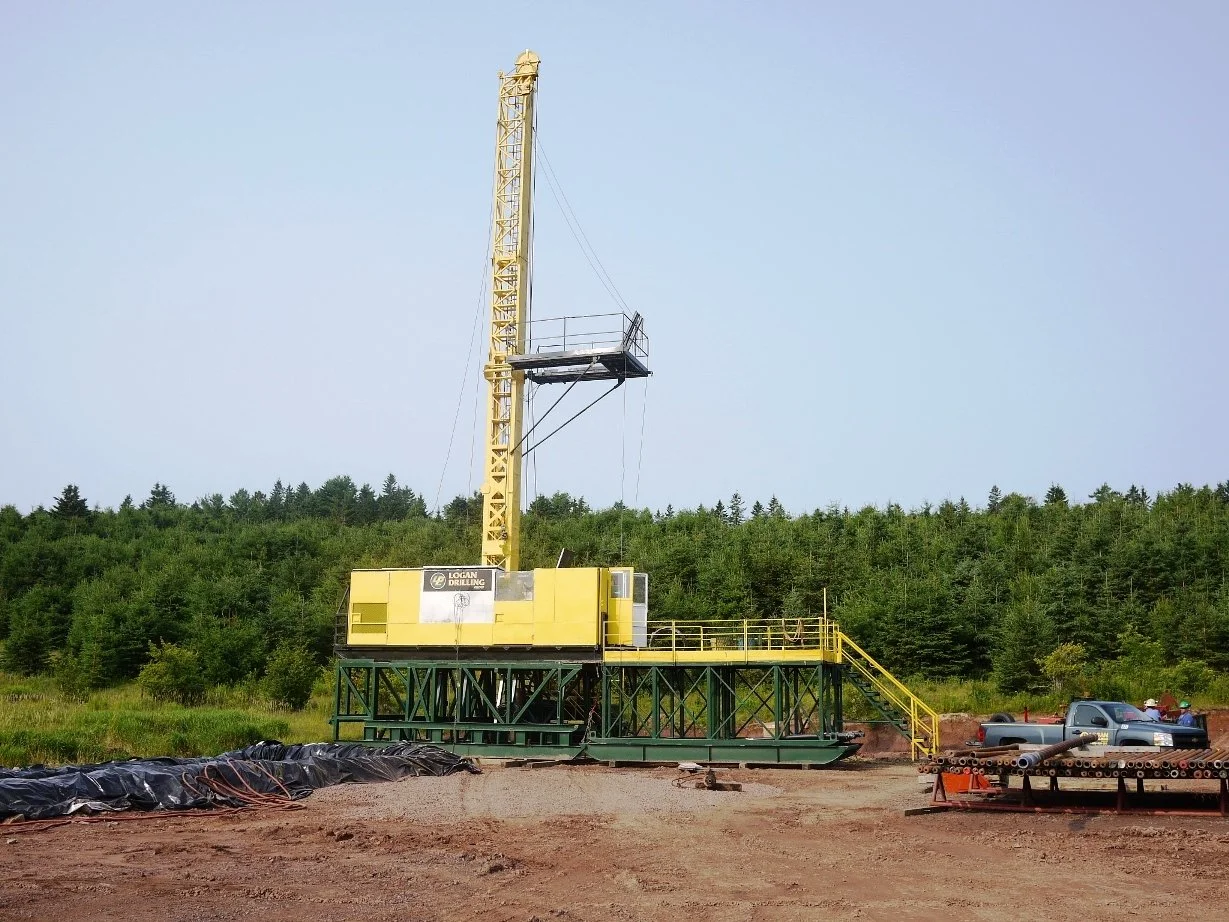Historically, potash has been used in a variety of commercial and industrial products including soap, glass, textiles and ceramics. However, the most common use of potash is acting as the primary ingredient in the production of agricultural fertilizers.
Potash is required in large quantities for plant growth. Together with the two other major plant nutrients (nitrogen and phosphorous), it encourages water retention in plants, increases yields, improves taste and helps plants resist disease. These three major plant nutrients do not have any substitutes, though low nutrient-content alternatives such as animal manure, bone meal and compost can be used.
The most commonly used potash fertilizer is potassium chloride (“KCl”), also known as muriate of potash (“MOP”).
The demand for potash is generally dependent on population size and global consumption of agricultural products, particularly food products. The key drivers increasing demand for fertilizers in general, and for potash fertilizers in particular, are:
A growing global population causing increased demand for food.
Changing food consumption patterns, including increased meat consumption by a growing middle-class in developing countries.
Increased consumption of biofuels, especially in industrialized countries.
It is forecasted that the global population will increase from 7.9 billion in 2022 to close to 10 billion in 2050.

